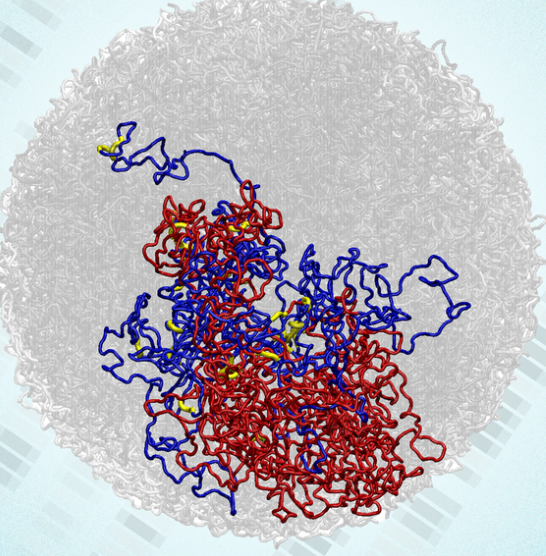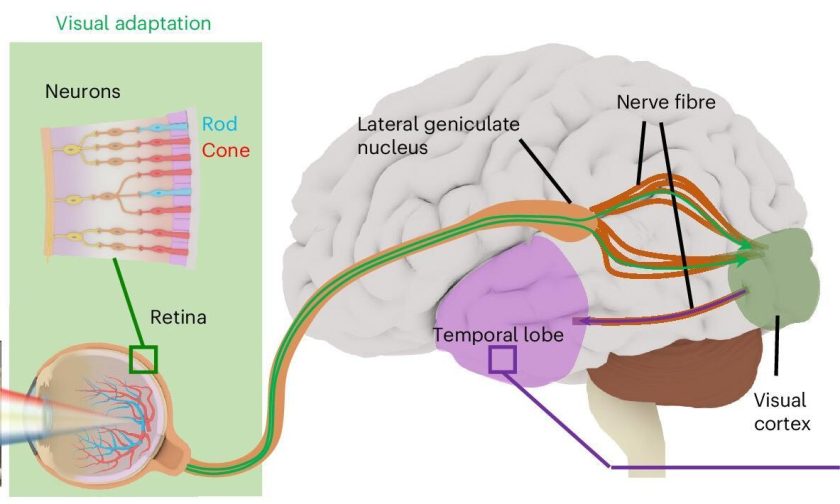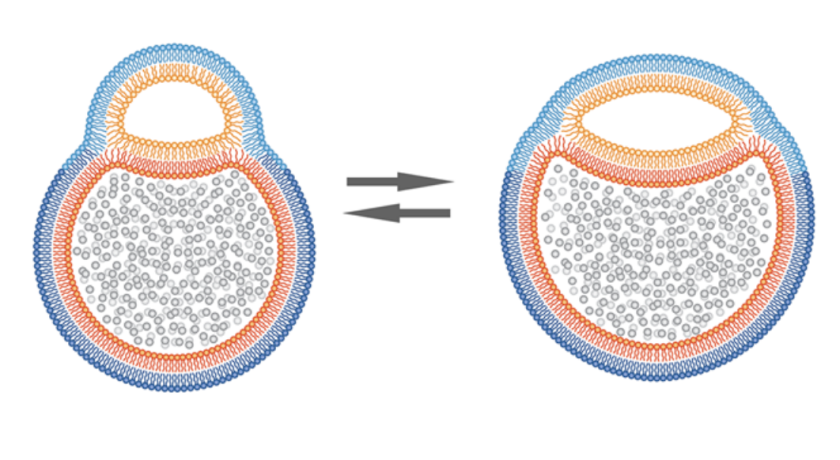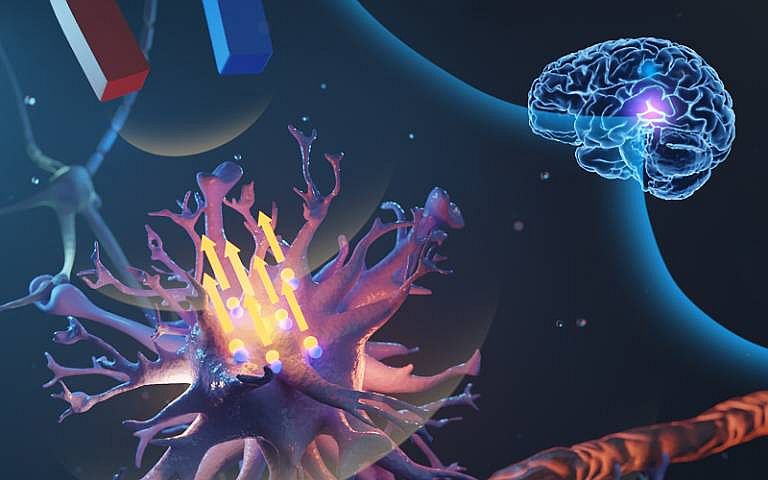
Researchers at University College London have discovered a new form of non-invasive therapy for neurological disorders. The technique called “magnetomechanical stimulation” (MMS) involves microscopic magnetic particles for remotely stimulating brain cells.
The brain cells here refer to astrocytes. Astrocytes are specialized glial cells (the brain glue that hold neurons together).
The field of astrocytes is new, since very little research has been done so far. Interestingly, the new study has put forward a novel way of approaching the touch sensitive brain glial cells. As per the research, astrocytes can be stimulated with a magnetic device outside the body.
What are Astrocytes?
These cells resemble stars. And brain consists of large mass of these stary cells. Almost half of glia are astrocytes. They are like bushes with numerous tiny branches like fibrous roots. Tiny hair like branches are called processes that touch a lot of neurons, which means, one astrocyte can touch base with thousands of neurons at the same time. Astrocytes plays very important role in kinetics of the brain, some of them are:
- to provide nutrients to neurons by shuttling them from the blood vessels to the neurons themselves
- regulates the balance of ion concentration
- it forms an important part of the repair and scaring post (brain) injury
Presence of these cells, thus, is very pertinent because everything happening in the brain would collapse in case there are no astrocytes. These star-shaped glia cells help in many ways including synapse creation, nervous tissue repair and they can sense potential metabolic insufficiency.
Some of the other equally significant functions are:
- they communicate with neurons for the development and stability of synapses. Their process monitor signalling and helps things functioning during presynaptic terminal and postsynaptic terminal.
- It releases different proteins that stimulate receptors at the synapse.
- Astrocytes helps neurons recycle their neurotransmitters. For instance, it can helps eradicate the extra glutamate from the synapse after a signal has been sent. And refurbish that glutamate back to neurons in the form of glutamine, where it can be reused.
- Astrocytes can respond to neurotransmitters similarly like neurons. Instead of electrical signals, these cells use calcium. Unlike their electrically excitable cousins, they communicate with each other via calcium waves.
- These cells help neurons grow properly and form efficient connection with each other.
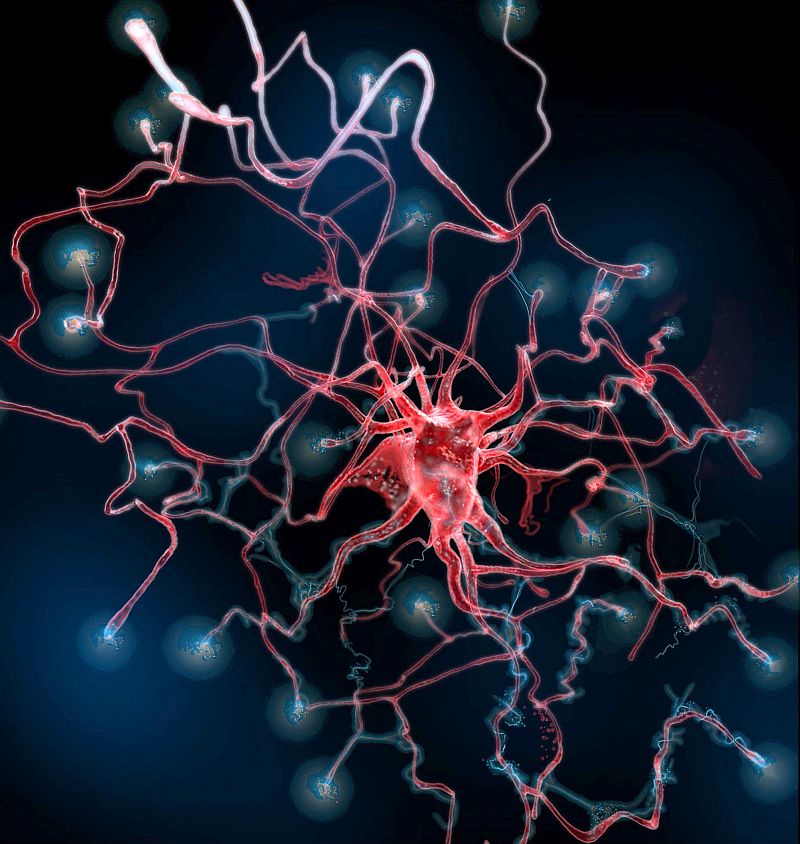
Magnetomechanical stimulation
Nanomagnets are attached to astrocytes. These microscopic magnetic particles act like nano mechanical switches, for instance, when a strong magnet is placed at head’s proximity, these particles can turn “on” the cells.
Senior author, Professor Mark Lythgoe said that through these nano particles, cells can be nudged from the outside. Hence, it could be a way to understand the dynamics of internal workings without using any invasive technique.
Scientists at ULA envision that unlike optogenetics and chemogenetics, MMS can surely pave way to clinically relevant brain cell control technique.
- Optogenetics is a technology that leads to controlling cellular activities or the interaction of proteins within cells via optics, that is, light. The precision of light falls down to individual cells or even regions of cells in living, freely moving animals.
- Chemogenetics on the other hand is a mixture of chemistry, engineering and genetics. First, an artificial receptor is placed into the brain so that researchers can introduce artificial neurotransmitters. It can be done by both surgery or genetic engineering.
One of the main advantages thatmicromagnets also give is they light up during an MRI scan. Thus, giving way to exact location, which of course could pose a challenge due to the cells’ fibrosity.
Takeaway
Manoeuvring brain astrocytes via magnetic field opens up totally a new approach to understand the functioning of brain cells. And having that kind of in-depth learning will surely pave way for effective treatments for neurological disorders, such as epilepsy and stroke.
Magnetomechanical stimulation could be the next candidate that is less invasive therapy than the current option that involves deep brain stimulation techniques.

